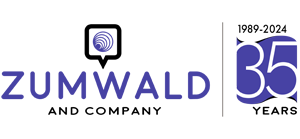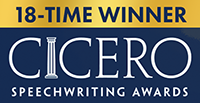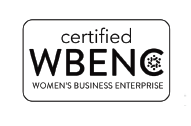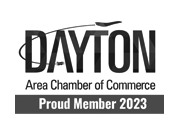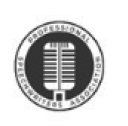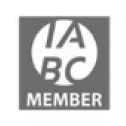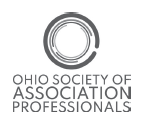How to make your keynote speech flow even better

If your speech doesn’t flow, what could be wrong?
What’s getting in the way?
Discover what you need to look for — and cut out of your remarks — to make your keynote speech flow even better for your audience.
It was Ernest Hemingway who said: “The only kind of writing is rewriting.”
That proclamation was proven true once again a couple weeks ago after I’d finished writing a keynote for an executive — and then got word that we needed to cut 3 minutes from the speech to make time to properly introduce a surprise special guest at the event.
Gulp.
3 minutes?
Back to the drawing board — despite the fact that we’d already done all the hard work.
Based on my client’s speaking pace, that meant at least 375 words had to go.
We’d already been through six or seven drafts to construct, shape and hone the message — precisely.

The final speech was solid.
Plus — the executive was excited about her remarks! Already we’d conducted a couple of speech coaching sessions so she could rehearse, internalize her speech and polish her delivery.
And yet — I had to go back.
I had to find a way to cut 375 words from this “done” speech and still keep the meat.
Still make the point.
Still make the keynote speech flow.
It wasn’t going to be easy.
This speech was based on a personal story — rich with details — that took a little time to tell.
That story was important since it set up a lesson the executive had recently learned and now desperately wanted to share.
No matter: I had to take a fresh look.
I had to find 375 words she didn’t really need to say.
Getting there meant going well beyond trimming a line or two here and there.
It meant a few good chunks had to go.
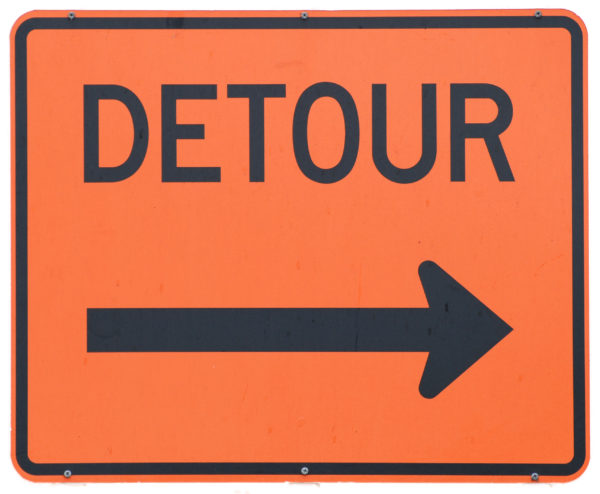
What to look out for
When cuts like these are required:
- Where do you start?
- What do you do?
- What do you ultimately delete?
In the back of my head, I knew what to look for.
In a word?
Detours!
Here’s the question:
Where in these remarks did we interrupt the flow of the speech with a detour?
A detour could be:
- A cool side story
- A passage we fell in love with
- Extra, bolted-on lines so clever — tweet-worthy sound bites — that we could not bring ourselves to cut them out before (when we were not as pressed for time)
Detours like these tend to creep into speeches early on, when the original speech is being drafted.
Unless you are intentional during the rewriting process — and keep an eye out for detours that take your audience off the deliberate path you have set — detours can remain in a speech all the way to the end.

And let’s be honest.
Detours can be annoying.
How do you feel when you’re driving along on a sunny day, eager to arrive at your destination — and suddenly, you see one of those huge orange DETOUR signs ahead?
- You feel confused. Where is this detour taking me?
- You feel impatient. How much longer will I be on the road?
- You feel worried. What if I lose my way?
Here’s the truth:
Detours are obstacles to getting where you need to go.
- Detours can be frustrating.
- Detours take extra time.
- Detours bog you down.
Detours are what you must cut out of your remarks if you want to make your keynote speech flow even better.

And that’s where I began to try and find those 375 words.
As tough as it was with a “finished” speech — I took another moment, scanned the speech and looked for detours.
Found a few!
Highlighted them.
Read the speech again without them.
And immediately heard the executive’s keynote speech flow even better (375 fewer words later).
The inconvenient truth is this:
The best speeches always follow a clear path: straight and narrow.
The best speeches are an unobstructed road — with no detours — from beginning to end.
When we insist on detours in a speech because we too proudly favor a side story, a passage or an extra set of clever lines, we do our audience a disservice.
When we let detours take our audience off the deliberate path we have set, we disrupt the flow — and risk obscuring our own message.
If you are working on a speech right now, do your audience a favor.
Look for detours.
Highlight them.
Read the speech again without them.
And see if you immediately — and magically — hear your keynote speech flow even better.
